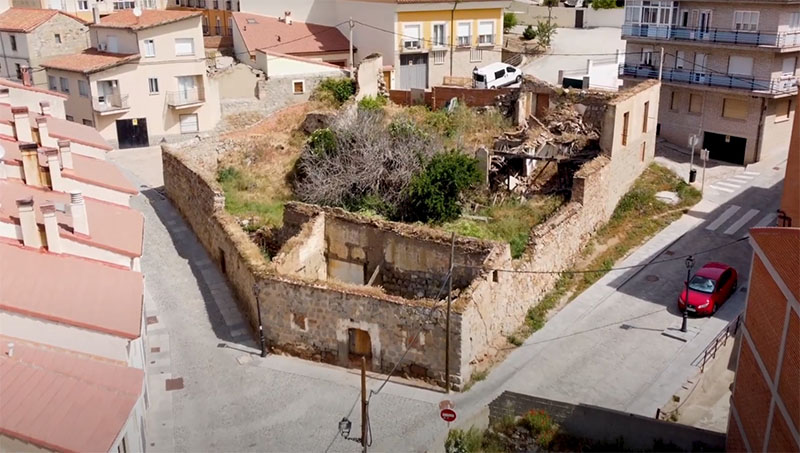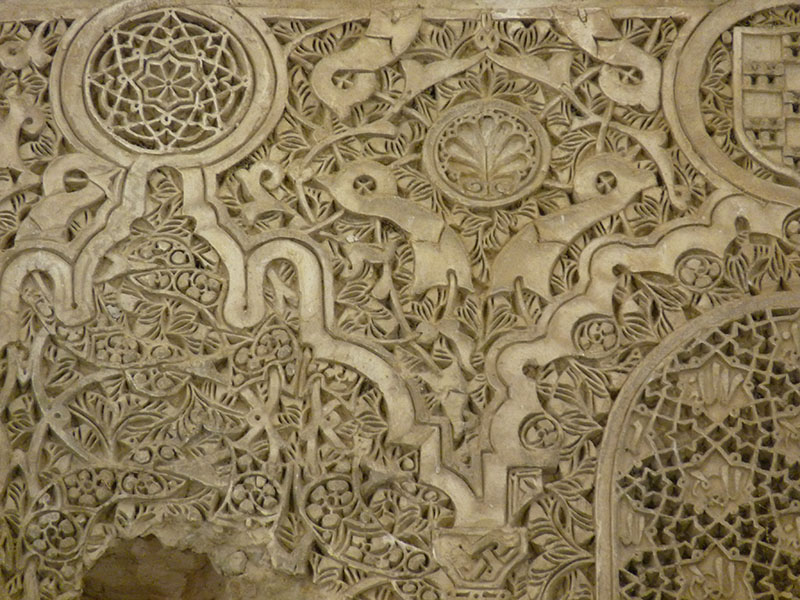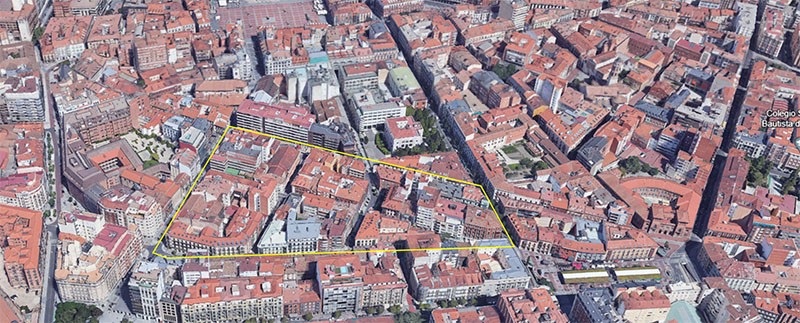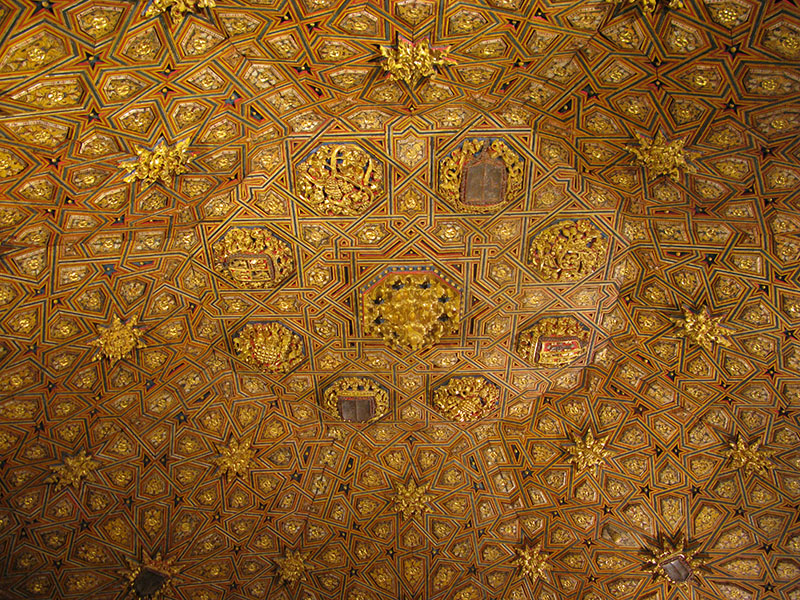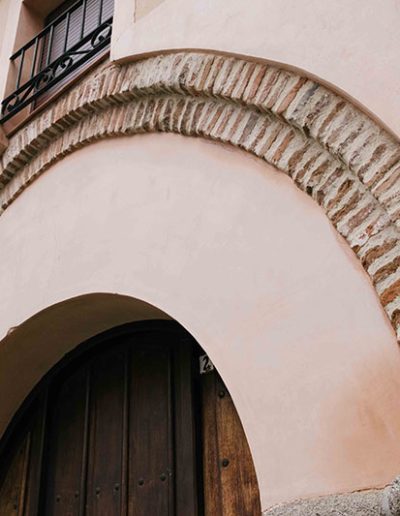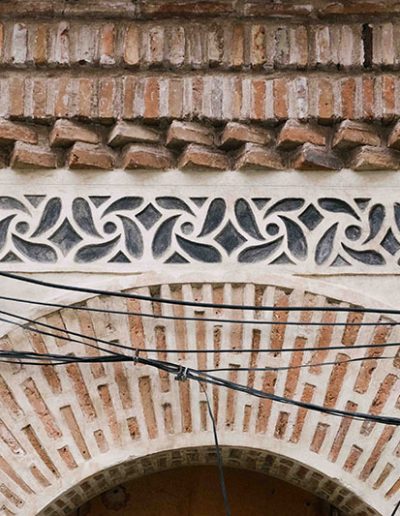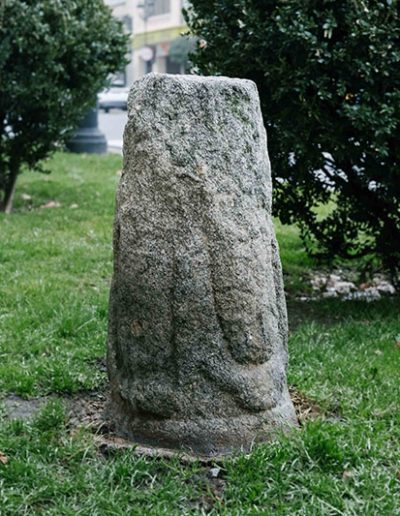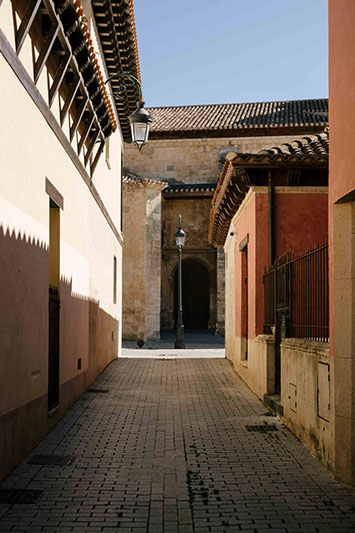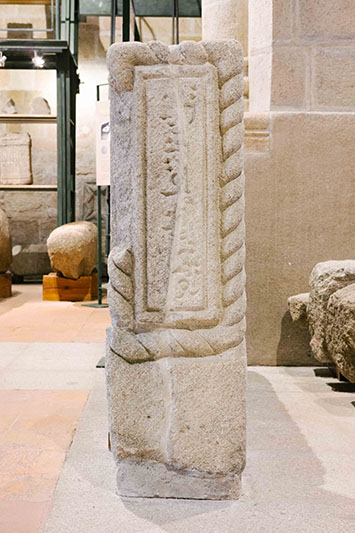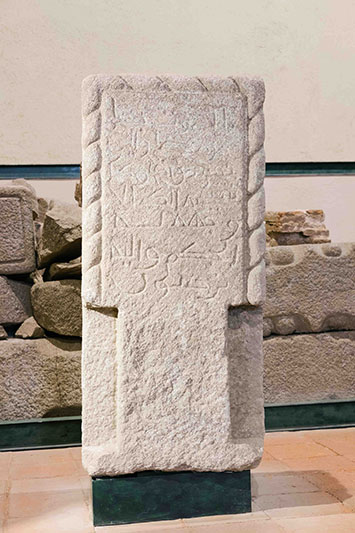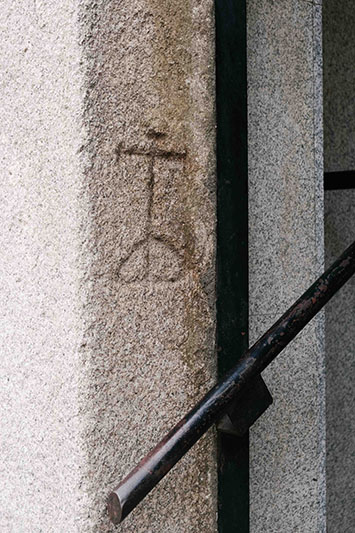The project
The goal of the present project is to study how Islam was allowed by authorities and lived among (Mudéjar) minorities in the Douro valley, where it is possible to identify more or less populous Muslim communities that were able to fully live their religion.
After a decade of studies, we have concluded that they knew and spoke Arabic –at least their intellectual elites– and that they took part in the creation of an Islamic version of Castilian, the aljamía, which continued during the period when Islam was prohibited (the time of the moriscos). They prayed in their mosques, fasted, collected a social tribute, and made pilgrimages from Castile to Mecca. We have documentary evidence of all these facts, and probably this vision greatly differs from what was believed about Castile mudéjares until recent times, seen as a rather marginal version of the Muslim world in the Iberian Peninsule.
Therefore, we have gathered a multidisciplinary team of specialists in the study of Castilian Mudejarism, fully convinced that only the contribution of different perspectives allows us to craft a solid historical discourse. Thus, our purpose is not only to obtain direct knowledge of the topic of study, but also to develop a work methodology that may be implemented in future research. Furthermore, we believe that the study of Castile’s Moorish quarters can have a significant impact in today’s world, both with regard to their heritage value (as it may become a social and economic resource) and with regard to their social dimension (as it provides a better knowledge of and a possible solution to present-day situations of religious and cultural coexistence).

